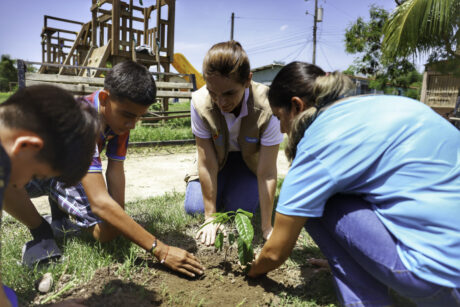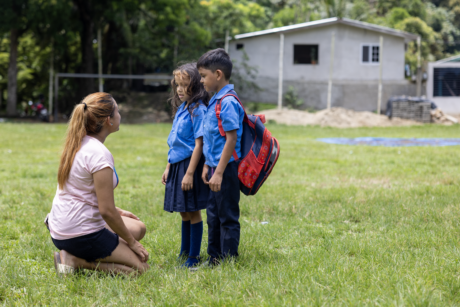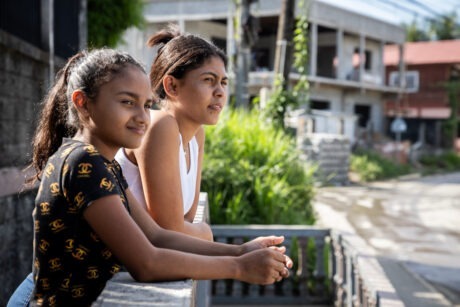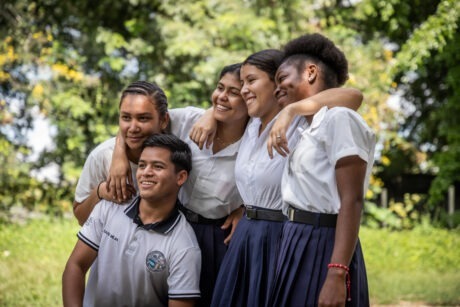A Five-year USAID funding mechanism focuses on local solutions to crime, violence and migration.
A five-year contract called “Sembrando Esperanza” that is designed to address the multiple drivers of irregular migration in Honduras has been awarded to Creative Associates International by the U.S. Agency for International Development.
Sembrando Esperanza (SEA), which means “planting hope,” will develop and support local partnerships and strengthen systems that lead to transformative change in areas where high levels of
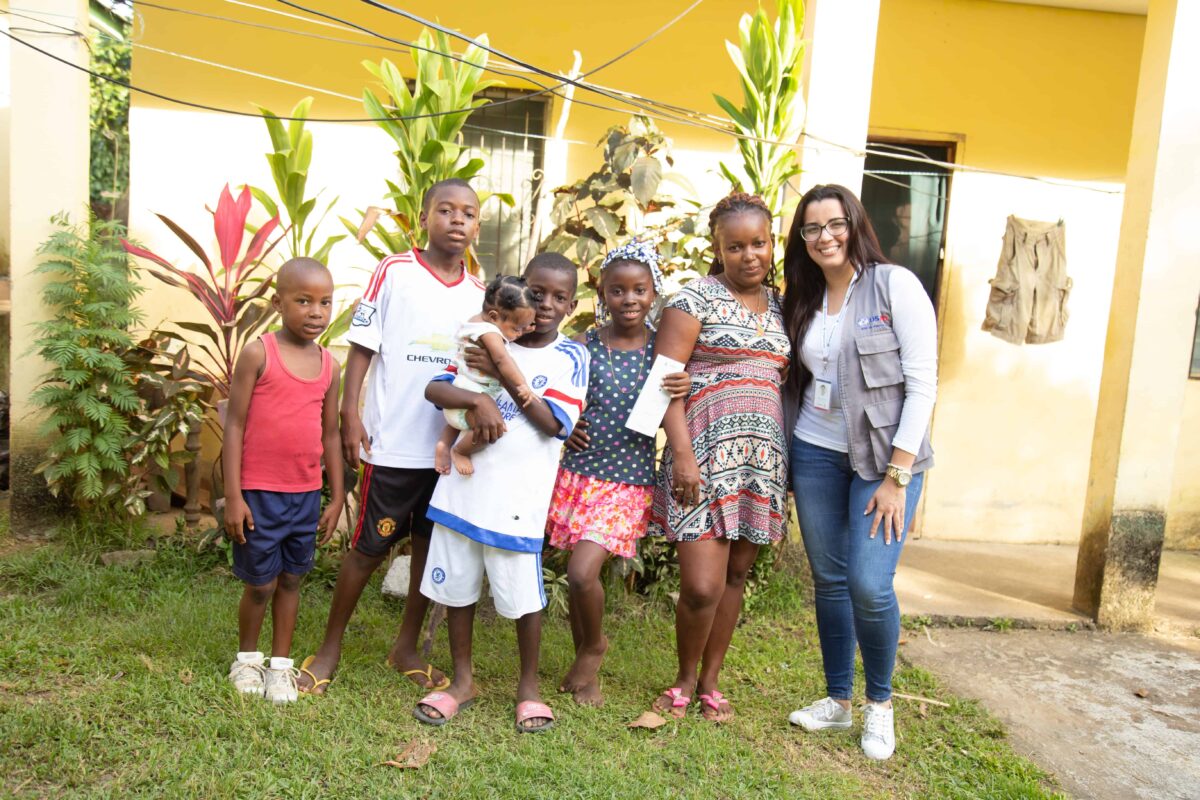
irregular migration, crime and violence overlap. As a $37.8 million indefinite delivery/ indefinite quantity (IDIQ) contract, USAID will issue task orders to fund specific activities to reach these program’s objectives.
“Creative’s emphasis on locally own and focused work, along with our insightful analysis into the drivers of irregular migration, align with Sembrando Esperanza’s goals,” says Leland Kruvant, Creative’s President and CEO. “In improving people’s sense of hope and material wellbeing, we expect to reduce irregular migration from these hotspots.”
Facilitated by Creative’s evidence-based expertise, particularly in the area of “multi-causal connections” between violence and migration, Sembrando Esperanza’s core team features four local partners: Asociación para una Sociedad más Justa (ASJ); Fundación Nacional para el Desarrollo de Honduras (FUNADEH); Centro de Desarollo Humano (CDH); and the Comisión de Acción Social Menonita (CASM).
Sharon Van Pelt, Vice President of the Communities in Transition Division, says Creative’s core partners and other local actors will use a variety of strategies and tactics to address the complex drivers of irregular migration in hotspots where high rates of violence and migration overlap. She notes that the types of crime and violence, including violence against women and girls, varies among communities and may affect irregular migration differently.
“Rather than prescribe solutions, Creative will act as a facilitator, supporting local organizations and providing resources that help them to forge alliances, create solutions and deliver on the promise of Sembrando Esperanza,” says Van Pelt.
Mariellen Jewers, Ph.D., Technical Advisor in the Center for Migration and Economic Stabilization, says Creative’s years of quantitative and qualitative research in Honduras, El Salvador and Guatemala, known as the Northern Triangle, has focused on what drives people to migrate.
“As a result, we understand the diverse drivers—at the individual, local and national level—of irregular migration from Honduras,” Jewers says. “Creative leverages its expertise on the intersections between irregular migration and economic growth, safety and security and governance to alleviate specific pressure points that drive irregular migration from Honduras.”
In addition to the IDIQ’s $37.8 million, the combined expertise and resources of communities and public- and private-sector actors will increase investment, scale violence and migration prevention and produce $20 million in leveraged funding.
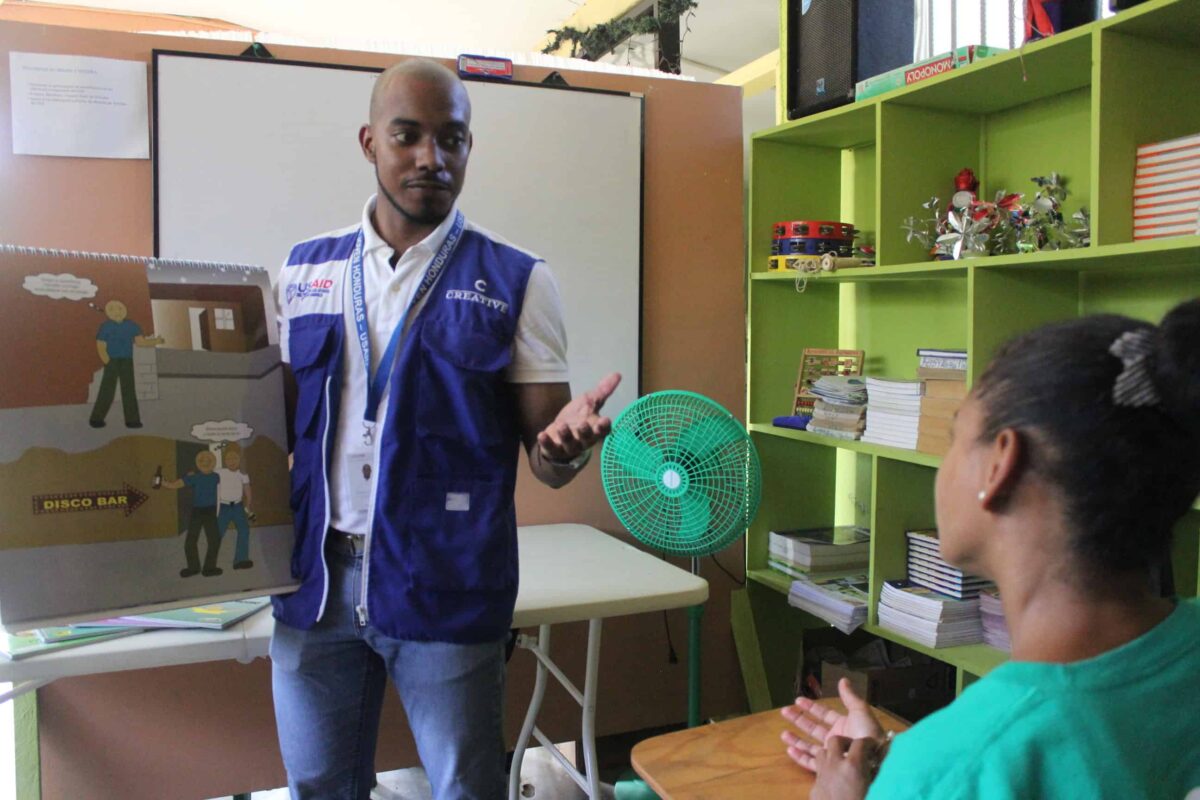
Creative’s extensive work in Honduras and elsewhere in Central America is a rich combination of programmatic implementation with lasting benefits, developing local partnerships and applied research.
Its groundbreaking and expansive research study in 2019 into the factors that contribute to migration from Central America’s Northern Triangle led to the release of a major report called “Saliendo Adelante: Why migrants risk it all,” which provided a geographically nuanced and in-depth look at what motivates migrants from high-migration areas of Honduras, El Salvador and Guatemala. Today, Creative’s Center for Migration and Economic Stabilization continues is research with reports in the region.
Prior programs provided innovative, locally owned methods of addressing crime and violence in some of the most challenging areas. For example, the Honduran Youth Alliance (Alianza Joven Honduras in Spanish) supported civil society organizations in advocacy and oversight efforts for violence prevention and conducts impactful national and local violence prevention campaigns.
Later, Creative started a one-year pilot funded by USAID called Proponte, which grew to become the very successful USAID Proponte Más Secondary Violence Prevention program that worked with families and their youth ages 8 to 17 who are empirically at the highest risk of joining gangs. Proponte Más and its local partners exceeded expectations. Learn more in this Special Report.
